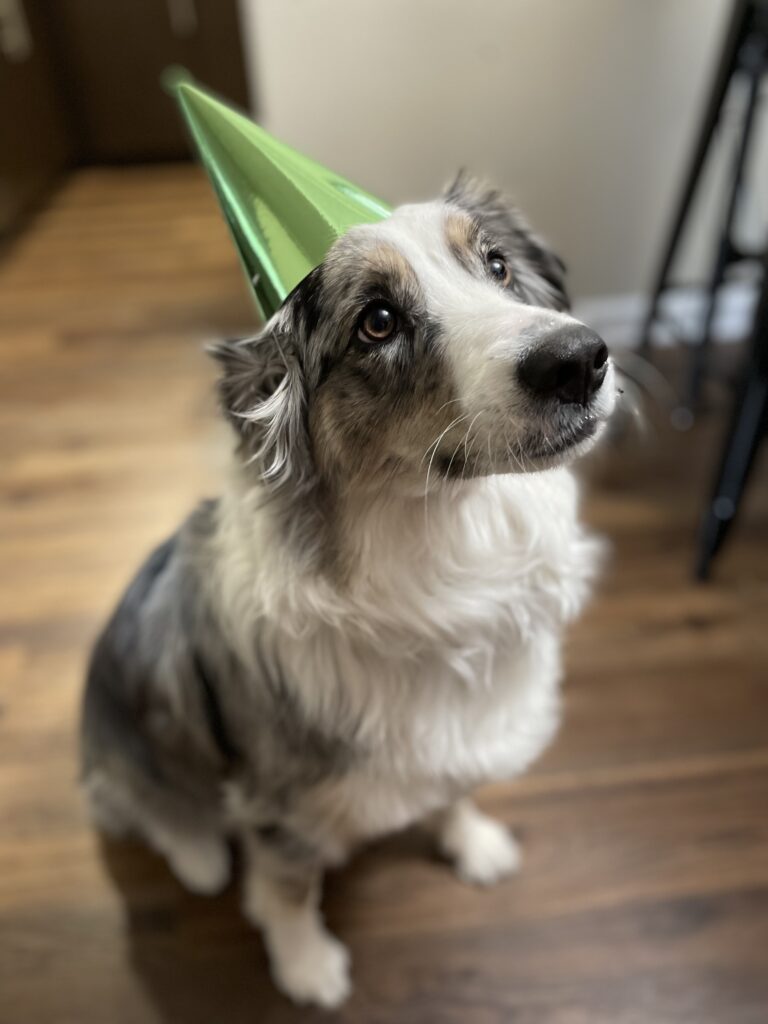Animal AI– The New Age of Petsitters

AI-Powered Pet Cameras are Changing the Game for Animal Analytics
It’s no secret that pet ownership in the US has increased dramatically over the last few years. Over the course of the COVID-19 pandemic, the ASPCA found that 23 million American households— nearly 1 in 5 nationwide– adopted a pet during the pandemic. As I myself am included in that statistic, I am acutely aware of how important pets are to their people. Pet owners are deeply invested, both financially and emotionally, in their animals’ behavior and health; so it should come as no surprise that when it comes to data analytics for pet ownership, the market is wide.
Cameras: The Petsitter for the Modern Owner
Sitting comfortably on my coffee table is evidence of that broad market for pet data, and its name is Furbo. Furbo is about 9” tall, with a sleek white plastic finish and hourglass shape. A small camera peeks out from its midsection. For many pet owners, myself included, Furbo and other pet cameras act as petsitters, keeping an eye out for motion and providing peace of mind and information access to their owners.

The market for pet cameras is growing fast. Rising urbanization, return-to-work policies, and the baseline increase in pet ownership has drastically increased the need (and desire) for people to be able to check in on their pets while they’re out. Technavio estimates that the current market for pet cameras is around $300MM, with a 16.6% CAGR. A simple internet search for pet cameras reveals a market with dozens of competitors, most providing some form of motion tracking and a two-way audio communication system. Some even allow people to remotely toss treats to their pets.
Differentiating with Data
The major differentiator for Furbo comes from their use of data analytics. Furbo was the first major pet camera to integrate AI into their system, and they now offer a subscription “Dog Nanny Service.” Along with the standard offering of a security camera, this AI Dog Nanny can tell when a dog is barking, detect the presence of a person, and even can alert when it detects smoke or breaking glass. As AI/ML models gain more data they improve. Furbo is even exploring applications of AI to allow for remote training, detecting when a dog is sitting or laying down in response to audio commands. While there are dozens of other pet security cameras touting peace of mind through visual access, few do it with the same analytical aptitude as Furbo.
Data is valuable because it removes uncertainty from our lives, and when it comes to our pets uncertainty can be agonizing. They can’t speak and tell us when something is wrong, or if there’s an emergency while we’re out they can’t pick up the phone and dial 9-1-1. The peace of mind knowing that a camera can not only monitor our pets but can accurately detect their behaviors and environment is an enormous differentiator for Furbo against their competitors. As their AI models continue to improve, it will be exciting to see how they position themselves further into animal safety and training to help make life a little easier for the modern pet owner.




This is fascinating! Thank you for the post. Does the camera work for cats and other pets too, or are the features/AI algorithms mainly designed for dogs? Given the competitive landscape of the pet camera market I wonder if it is a better strategy for Furbo to specialize in one animal and increase functionalities, or make the algorithm general enough to accommodate different types of pets. And agree that it’ll be exciting to see how Furbo positions itself further into animal safety and training!
It’s very exciting! Thank you for sharing the interesting story. I am a bit worried if this advanced technology allows pet owners to skip their duties as owners because the AI is too smart. Perhaps in the future, we do not need human beings to take dogs for walks, robots would replace them!
This is amazing! as a cat owner in crazy HBS world, if I’m gone for the weekend I leave my cat without supervision (she has everything automatic, food, water and litter box). My constant fear is that something will happen in the apartment and I won’t be able to call someone.
I would be curious on the adoption rate of this types of cameras vs. the regular ones in terms of privacy issues.
And to Yifei’s comment, I would guess the smoke/alarm detectors should work for every home owner, but specific animal learning maybe focus their strategy on animals were there is lots of information.
This is such an interesting application of data! I also wonder if there could be other insights buried within the data. Would there be a future where, after watching and learning your pet’s behavior, the device would be able to detect when your pet is hungry, thirsty, needs to go to the bathroom, etc? Jumping from that, I could imagine an ecosystem where Furbo integrates with other smart devices in the home to automatically clean up after a pet or find somebody from TaskRabbit to walk your dog while the owner is at work.
This is such a cool product; I remember about 5 years ago when I was taking care of a dog, I came across some articles about Furbo being a successfully crowdfunded product. It seems that with time they have been able to grow strongly into the niche of pet cams and use AI to solve other customer pain points like remote training and safety monitoring. While the “pandemic pups” is the perfect wave for them to grow today, I wonder where their next step is going to be (either hardware or new services) and how would the “pet specialization” allow them to survive competition with major players in the indoor camera segment that can recognize pets, like Google Nest or Amazon Ring.